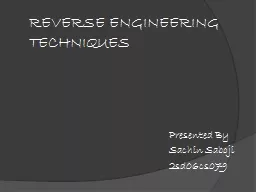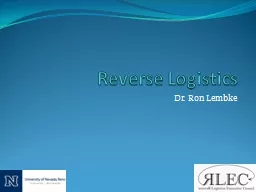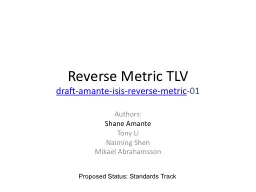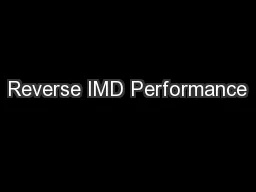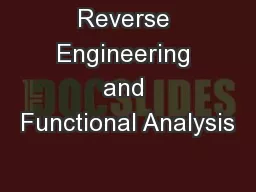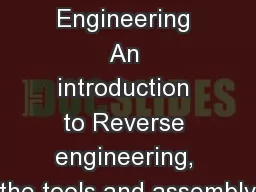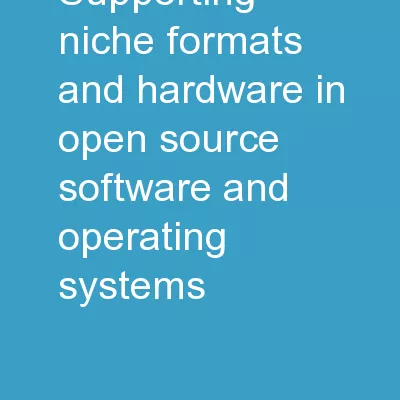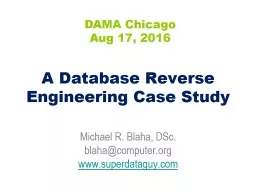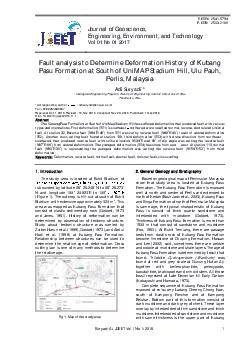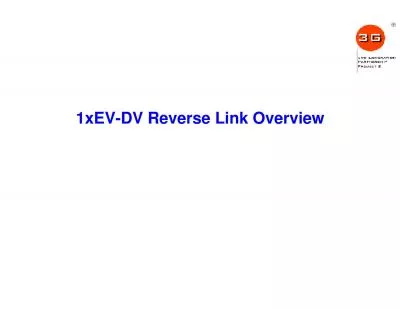PPT-REVERSE ENGINEERING TECHNIQUES
Author : stefany-barnette | Published Date : 2018-09-20
Presented By Sachin Saboji 2sd06cs079 CONTENTS Introduction Front End Data Analysis Control Flow Analysis Back End Challenges Conclusion Bibliography Introduction
Presentation Embed Code
Download Presentation
Download Presentation The PPT/PDF document "REVERSE ENGINEERING TECHNIQUES" is the property of its rightful owner. Permission is granted to download and print the materials on this website for personal, non-commercial use only, and to display it on your personal computer provided you do not modify the materials and that you retain all copyright notices contained in the materials. By downloading content from our website, you accept the terms of this agreement.
REVERSE ENGINEERING TECHNIQUES: Transcript
Download Rules Of Document
"REVERSE ENGINEERING TECHNIQUES"The content belongs to its owner. You may download and print it for personal use, without modification, and keep all copyright notices. By downloading, you agree to these terms.
Related Documents

